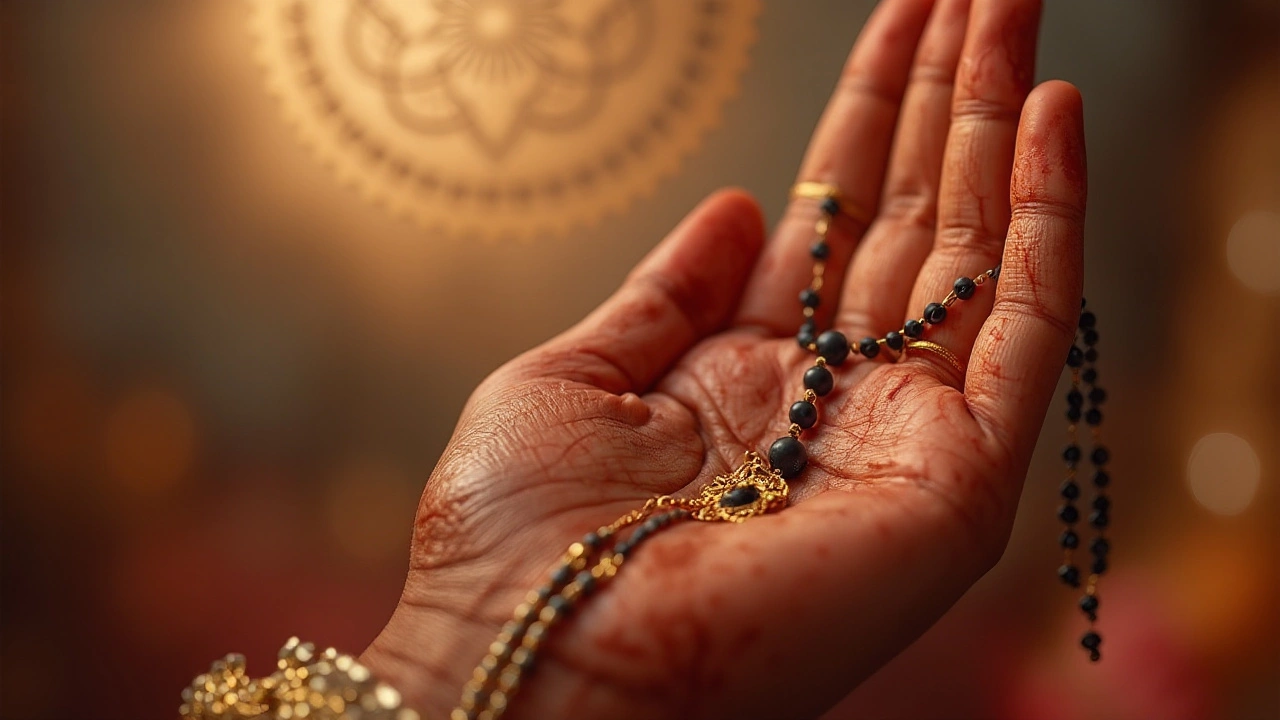Hindu Wedding: Traditions, Jewelry and Modern Tips
When planning a Hindu wedding, a traditional Indian ceremony that unites two families through rituals, vows, and symbolic jewelry. Also known as Indian wedding, it blends ancient customs with today’s style choices, making every detail matter.
Key Wedding Jewelry and Rituals
The heart of a Hindu wedding lies in the jewelry that carries meaning beyond sparkle. The Mangalsutra, a gold pendant tied around the bride’s neck as a vow of lifelong partnership symbolizes marital commitment and is often gifted by the groom’s family. Meanwhile, the Choora, a set of bright red and pink bangles worn by the bride during the ceremony represents her new status and the protective blessings of the married life. Bangles, traditional circular bracelets exchanged between family members further reinforce the bond, with each color and material carrying its own story. And no Hindu wedding is complete without Sindoor, the vermilion powder applied to a married woman’s hair part to signal her married status, a vivid reminder of the vows spoken at the altar.
These items don’t exist in isolation; they intertwine with the ceremony’s flow. A typical Hindu wedding encompasses rituals like Jaimala (exchange of garlands), Kanyadaan (giving away of the bride), and Phere (circling the sacred fire). Each step requires the appropriate jewelry to be in place – a mangalsutra for the binding vows, choora for the celebratory moments, bangles for family blessings, and sindoor for the final declaration of marriage. The choice of gold purity, design intricacy, or gemstone accents can influence the ceremony’s aesthetic, while also affecting budget and future value.
Modern couples often ask practical questions: Who should buy the mangalsutra? When is it appropriate to wear the choora beyond the wedding? Can bangles be mixed with contemporary pieces? Our collection below answers these queries with real‑world examples, from “who gives the mangalsutra?” to “what does gifting bangles mean?” and even a smart buying guide for the ideal mangalsutra in 2025. You’ll also find insight on regional differences, such as who ties the thali in South India versus who presents the choora in Punjab, plus etiquette tips for navigating family expectations.
Whether you’re a bride‑to‑be, a family member helping plan the event, or simply curious about the symbolism behind each piece, the articles ahead give you actionable advice and cultural context. Dive in to discover how these timeless traditions adapt to today’s fashion, how to choose jewelry that honors heritage while fitting your style, and what the latest trends mean for your wedding planning checklist.
